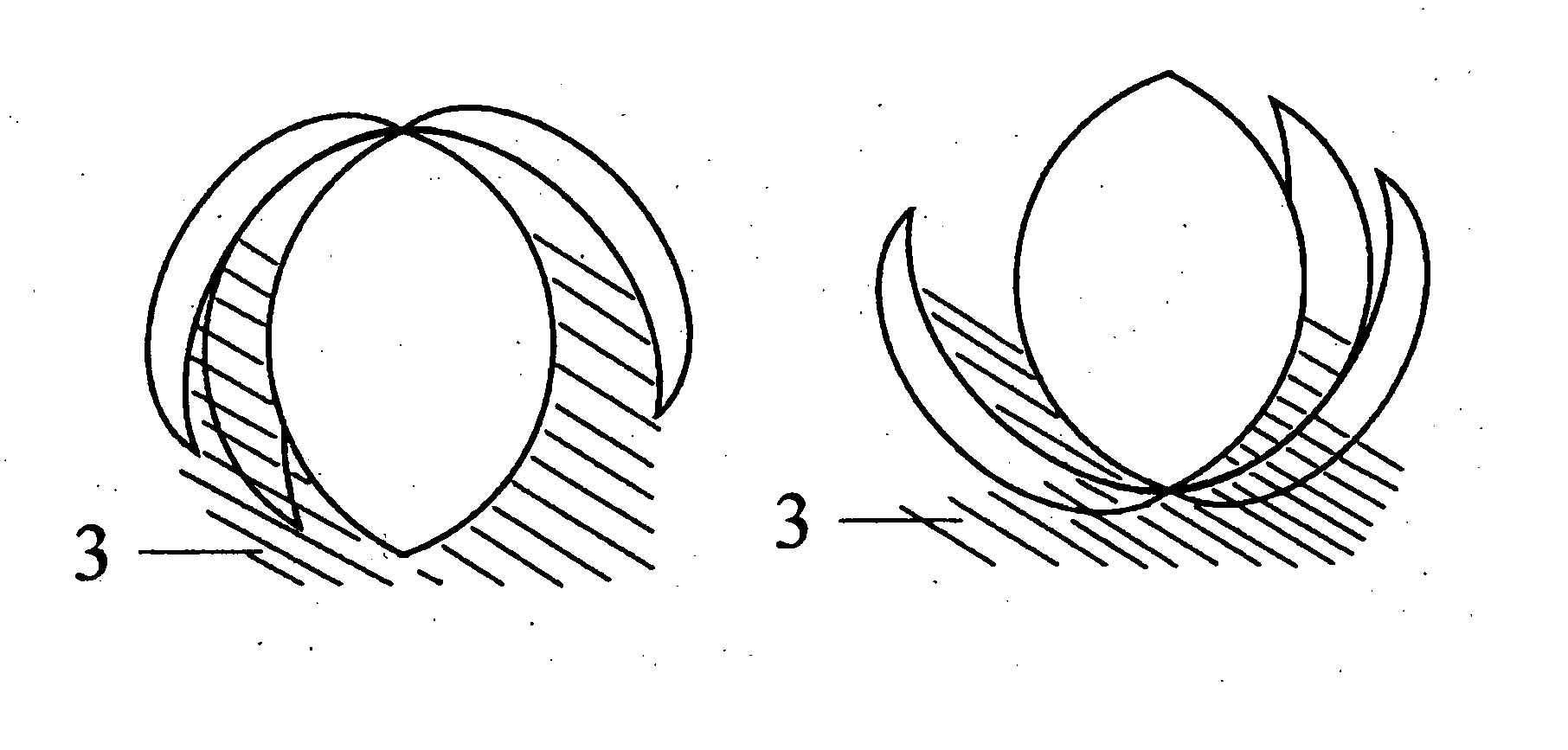Insect bait
a bait and insect technology, applied in the field of baits, can solve the problems of difficult locating or accessing, pests, recurrence problems, etc., and achieve the effects of less enzymes, less enzymes, and more attractive baits
- Summary
- Abstract
- Description
- Claims
- Application Information
AI Technical Summary
Benefits of technology
Problems solved by technology
Method used
Image
Examples
Embodiment Construction
[0037]Many different materials were tested for suitability and many balls were made that had little discernable difference in attractiveness to wasps, in that wasps were attracted to just the balls when enough of the balls were placed and that in theory should allow a toxicant or insecticide dust to be released'in the nest. Unscented talcum powder was used as a substitute weight and similar product to insecticide dust at first to test attractiveness and observe the taking of the ball to the nest. It was mixed with a small percentage of icing sugar as an attractant odour within the ball. The attractant layer was a mix of food materials. One example is gelatine mixed with water and infused with meat and sugar scents.
[0038]To assist with understanding the invention, reference will now be made to the accompanying drawings which show these examples of the invention.
[0039]In describing the preferred embodiment of the subject invention, it is to be stressed that the following description i...
PUM
 Login to View More
Login to View More Abstract
Description
Claims
Application Information
 Login to View More
Login to View More - R&D
- Intellectual Property
- Life Sciences
- Materials
- Tech Scout
- Unparalleled Data Quality
- Higher Quality Content
- 60% Fewer Hallucinations
Browse by: Latest US Patents, China's latest patents, Technical Efficacy Thesaurus, Application Domain, Technology Topic, Popular Technical Reports.
© 2025 PatSnap. All rights reserved.Legal|Privacy policy|Modern Slavery Act Transparency Statement|Sitemap|About US| Contact US: help@patsnap.com



